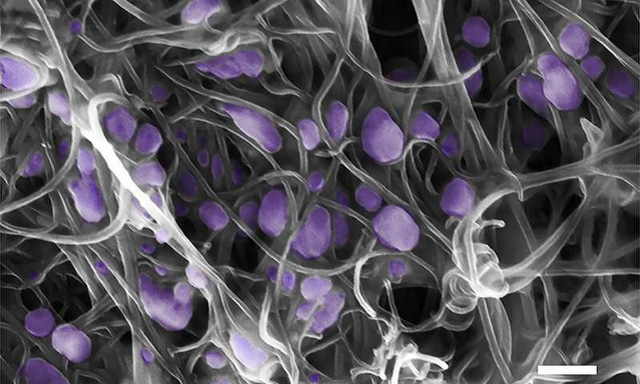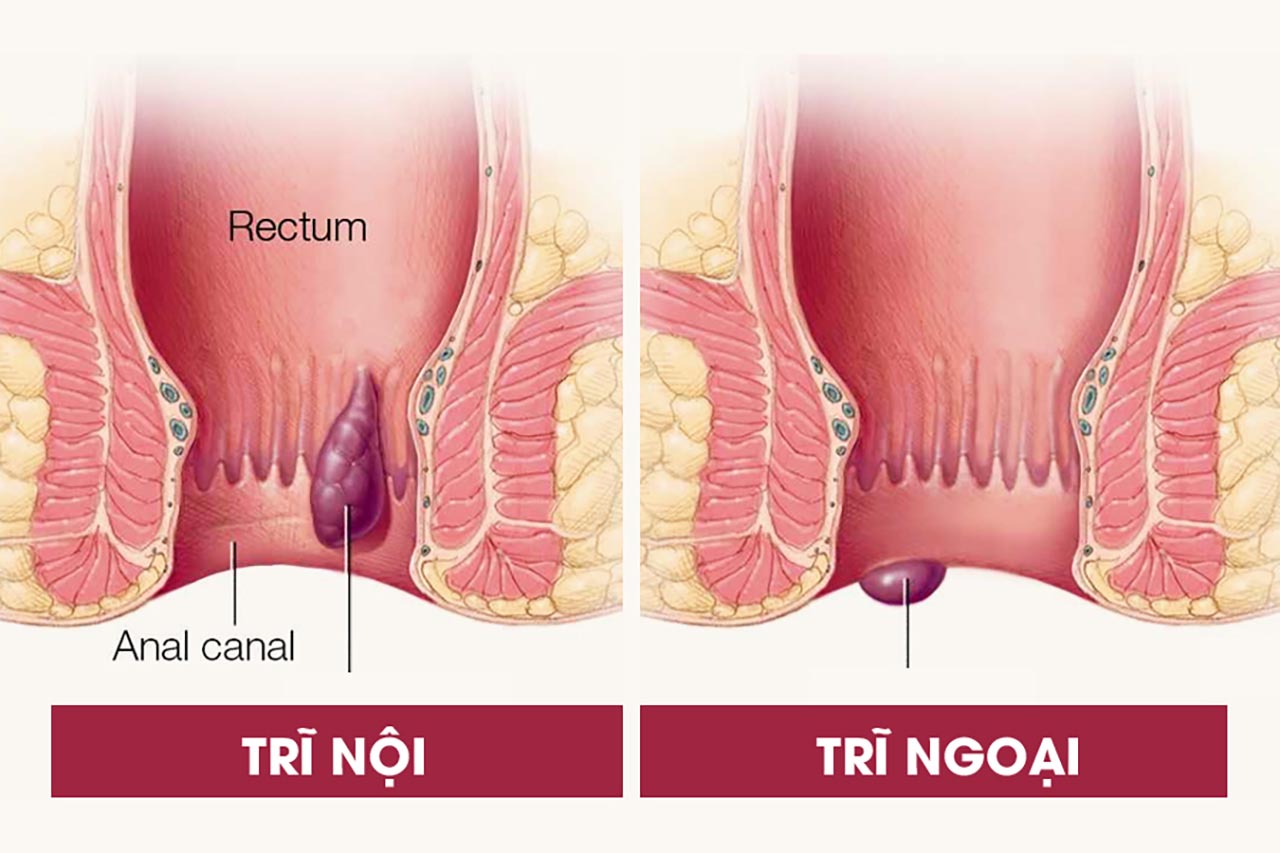Penn State professor of physics, chemistry, and materials science and engineering Mauricio Terones, one of the study’s authors, said: virus before symptoms appear, or detecting it from samples in the field is difficult, because viral concentrations can be very low – often below the threshold of current detection methods.”< /h5>
“Early detection is important, because the virus can start spreading before we can detect it. The newly developed device allows us to trap and concentrate viruses in extremely dilute samples and select them for their size – smaller than human and bacterial cells, but larger than most cells. proteins and other macromolecules. This device will increase the ability to detect a very small amount of virus by more than 100 times.”
The research team developed and tested a very compact yet highly sensitive handheld virus detector that traps and concentrates viruses in a row of carbon nanotubes. The dilute sample obtained from the patient or the environment is passed through a filter to remove large particles such as bacteria and human cells, which then pass through a row of carbon nanotubes. in the device. The viruses will be trapped and concentrated in the nanotubes until they reach a concentration large enough to be used, while smaller particles pass through and are eliminated. The virus that is concentrated inside the device can then be passed through test plates for identification, including molecular diagnostics by polymeraze chain reaction (PCR), immunoassays, virus isolation. , and gene sequence.
“Because this device isolates and concentrates viruses entirely based on size, we can capture viruses while knowing nothing about their biology – no need to know about them,” Terones said. any other antibodies or molecular labels. Once we have captured and concentrated the viruses, we can use other techniques such as whole-genome sequencing to characterize its characteristics.” “Most deadly pandemics are caused by viruses,” said Si Yang Zheng, an associate professor of biomedical engineering at Penn State University and the other contact author of the study. caused in the past two decades are all due to emerging viruses. This size-based virus enrichment technology can be particularly effective in identifying emerging viruses, and in detecting new viruses that do not have antibodies or genetic sequence information available. This technology not only enriches the virus to at least 100 times, but it also removes contamination from the host and the environment, and allows direct virus identification by subsequent sequencing as soon as the sample is collected on the ground. environment without the need to culture the virus.”Viruses such as influenza, HIV/AIDS, Ebola and Zika can break out suddenly and unpredictably and lead to public health disasters. Currently available techniques for the isolation and identification of viruses are slow, expensive, and use very expensive, cumbersome, and demanding equipment and reagents. In addition, many recent epidemics are caused by emerging viruses, for which a way to selectively isolate and characterize them has not yet been established.
Mr. Zheng said, the team has “developed the technique of planting a forest of nanotubes and we can control the distance between the tubes. The spacing of the inner tubes can range from 17 nm to more than 300 nm to selectively contain viruses. The unique properties of this carbon nanotube forest allow it to be integrated into a powerful, resizable and movable micro-device. This device can be adapted for field use without the need for specialized and cumbersome reagent storage devices.”
The researchers tested the new device’s ability to capture viruses on known dilutions of previously identified viruses, as well as samples taken in real life. site of new and unknown viruses.
“We have developed a portable device for the enrichment and isolation of viruses,” said Yin Ting Yeh, a postdoctoral fellow at Penn State University and lead author of the study. based on their physical size. This tunable size-based approach enables rapid viral enrichment directly from field samples, without the use of any antibodies. This device allows for the early detection of emerging diseases and the development of vaccines much earlier when epidemics break out.”
















